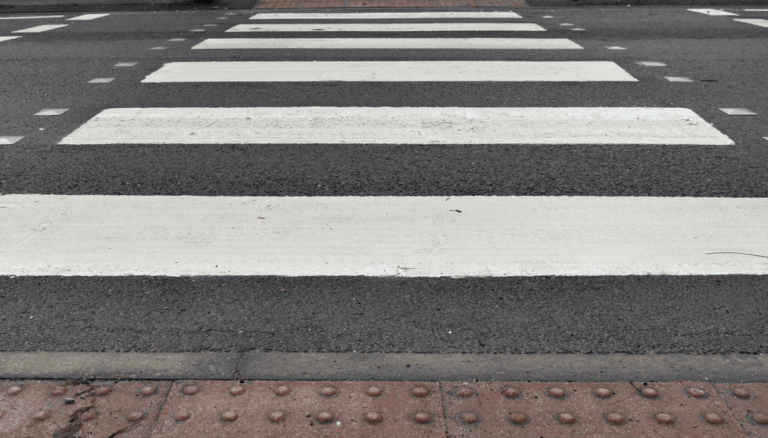Kathmandu is working to improve road safety for pedestrians. The Kathmandu Metropolitan City (KMC) is expanding the use of Pelican crossings at 36 key locations in the city. These crossings are designed to help pedestrians cross busy streets safely by allowing them to activate a green signal before stepping onto the road. The system was first introduced in Babarmahal and is now being extended to more places.
According to Jagatman Shrestha, the Traffic Management Advisor at KMC, the Pelican system is in place at 36 locations, with 13 fully functional. The remaining crossings are still being prepared for use.
Key Locations for Pelican Crossings
The Pelican crossings have been set up in high-traffic areas, including Thamel, Maharajgunj, Naxal, Baluwatar, Gaushala, Exhibition Road, Bagbazar, and Tahachal. These locations were chosen because they are heavily frequented by pedestrians, especially near schools, hospitals, and business centers.
KMC has allocated Rs 20 million for this project in the current fiscal year. The goal is to improve pedestrian safety and reduce accidents involving walkers. This project is part of the city’s broader traffic management strategy.
How the Pelican Crossing Works
Pelican crossings operate by allowing pedestrians to press a button to turn the traffic light green for 30 seconds. During this time, vehicles must stop to allow pedestrians to cross. After the green light cycle ends, there is a mandatory two-minute wait before the system can be activated again.
This system is widely used in many cities around the world. Unlike traditional traffic lights, which follow a fixed schedule, Pelican crossings react to pedestrian movement, giving them priority when crossing the street.
Challenges and Public Response
Although the Pelican system has many benefits, there have been some delays in making all the crossings fully operational. Some of the newly installed crossings are still inactive because of ongoing technical adjustments. Experts say it’s important to get all of them working to make the system effective.
The public’s response has been generally positive, especially among pedestrians who often cross busy roads. However, there have been concerns about some drivers not stopping for the red light at Pelican crossings. This has raised safety issues, and authorities plan to launch awareness campaigns to address the problem. They also aim to strengthen enforcement to ensure that motorists follow the rules.
Future Plans for Traffic Safety
Looking ahead, KMC plans to continue improving pedestrian safety with smart technology. There are talks of using sensors and artificial intelligence (AI) to monitor both pedestrian movement and vehicle traffic in real time. These systems could help improve the flow of traffic and reduce accidents.
In addition, the city is considering implementing speed limit zones near crossings. Authorities are also discussing increasing fines for traffic violations to encourage better compliance with the rules. With Kathmandu being one of the most congested cities in South Asia, these measures are seen as necessary to keep both pedestrians and drivers safe.
Kathmandu’s Road Safety Challenges
Pedestrian safety is a growing issue in Kathmandu. Traffic reports show that pedestrians make up a significant portion of those injured or killed in road accidents. Many of these accidents happen because there are not enough safe crossings or because people jaywalk. Some motorists also ignore traffic laws, which further increases the risk to pedestrians.
The Pelican crossings are part of a larger effort to improve Kathmandu’s roads and infrastructure. The government is also focusing on better street lighting, clearer road signs, and creating dedicated pedestrian lanes in key locations. These efforts, along with improving public transportation, aim to create a safer and more efficient city for everyone.
The expansion of Pelican crossings is a positive step in making Kathmandu’s roads safer. Although there are still challenges to overcome, the system has the potential to significantly reduce pedestrian accidents and improve the flow of traffic in busy areas.
As KMC works to activate all the Pelican crossings and raise awareness about traffic rules, the success of the project will depend on how well the public cooperates and how strictly the laws are enforced. The city’s ongoing investment in traffic safety shows a growing commitment to creating a more pedestrian-friendly urban environment.
For the latest updates on Kathmandu’s infrastructure projects and urban safety measures, visit Nepal Monitor.


